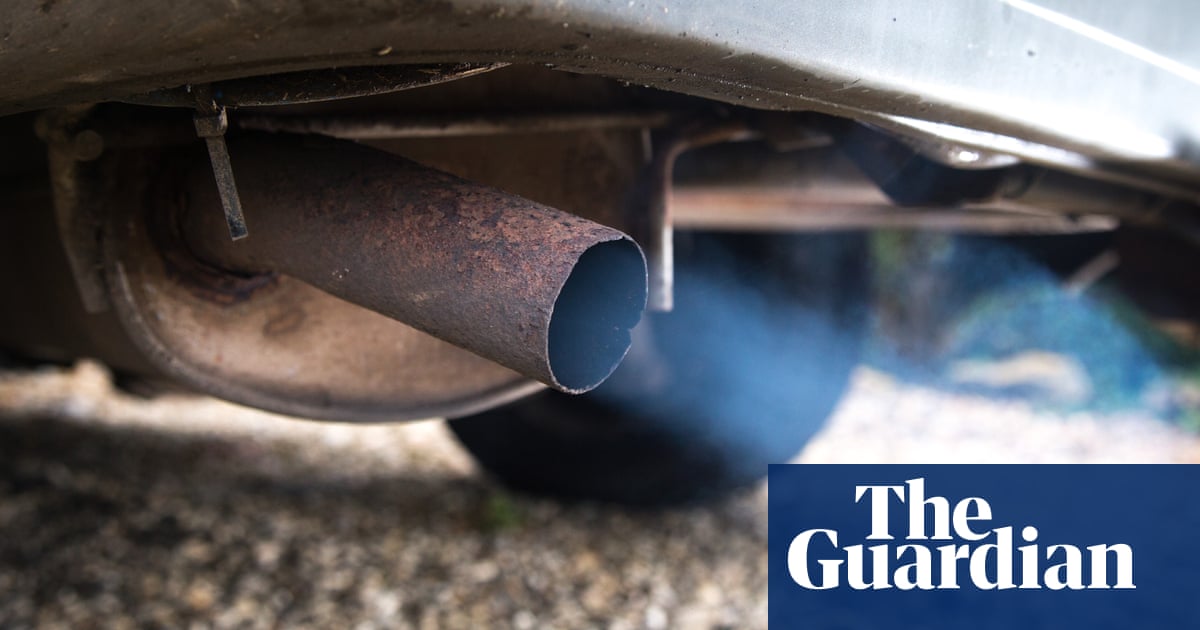
Reducing air pollution could improve lung function development in children and cut the numbers of young people with significant pulmonary impairments, research suggests.
The impact of air pollution on health has become a topic of intense concern in recent years, with research suggesting it can affect every organ in the body and the World Health Orgazisation noting children’s developing organs and nervous systems are more susceptible to long-term damage.
The issue was thrown into the spotlight in 2020 after nine-year-old Ella Kissi-Debrah became the first person in the UK to have air pollution listed as the cause of death on their death certificate.
Ella’s mother, Rosamund Kissi-Debrah is now a leading campaigner for cleaner air, advocating for Ella’s law – legislation that would make clean air a human right.
Researchers have previously found even low levels of air pollution can reduce lung function development from the ages of six to 15. However, the new study suggests cleaning up the air can bring improvements.
“That’s a strong message to policymakers and city planners that actions to decrease air pollution level and exposure will pay off in the long term, definitely, for children and across the life course,” said Prof Erik Melén, paediatrician and professor at the department of clinical research and education, Karolinska Institutet, who co-authored the new study.
Writing in the European Respiratory Journal, Melén and colleagues note that lung function typically grows rapidly during adolescence, before reaching a peak by the early 20s. However, people experiencing reduced growth are potentially at higher risk of developing chronic obstructive pulmonary disease as adults.
Melén and colleagues analysed data collected as part of a wider study in which a cohort of children in Stockholm born between 1994 and 1996 were followed up from birth to the age of 24, with measurements of lung function collected at age eight, 16 and 24. Crucially, said Melén, the research did not focus on particular populations, such as those with asthma or who only lived in highly polluted areas. “This is real-life data,” he said.
By analysing the measurements of 1,509 participants for which lung function data was available at eight years old and at least one subsequently timepoint, the team was able to track their lung function development. They then used participants’ addresses to estimate their exposure to air pollution over time, including particulate matter known as PM2.5 and PM10, as well as black carbon and nitrogen oxides.
Overall, although not for all participants, long-term air pollution exposure levels decreased over the study period – a finding Melén said could be down to a number of factors, including a more modern car fleet, the rise of electric vehicles, and traffic restrictions.
After taking into account lung growth expected as a result of adolescence, as well as factors such as smoking, parental education and air pollution exposure in the first year of life, the team found that reductions in air pollution were associated with an increased growth rate of participants’ lung function. For example, the mean growth rate in forced expiratory volume in one second increased by 4.63mL a year for each 2.19 μg/m3 decrease in PM2.5.
“We estimate that this [equates to a] couple of percent [improvement in lung function growth rate] over a 10-year period,” said Melén. While he said the increase was not huge on an individual level, over a longer period the impact could be large, while it also meant fewer children would fall below the bar of normal lung function.
Compared with those having no air pollution decrease, participants who experienced a 2.19 μg/m3 decrease in PM2.5 would have a 20% lower risk of having clinically impaired lung function, the team said.
“With better air quality, we reduce the risk of children [having] … clinically impaired lung function. That’s indeed important because those patients end up in my clinic as a paediatrician,” said Melén. “In the long run, any incremental improvement in lung function will have a positive effect on the risk of acquiring chronic diseases in adulthood, or even life expectancy.”












